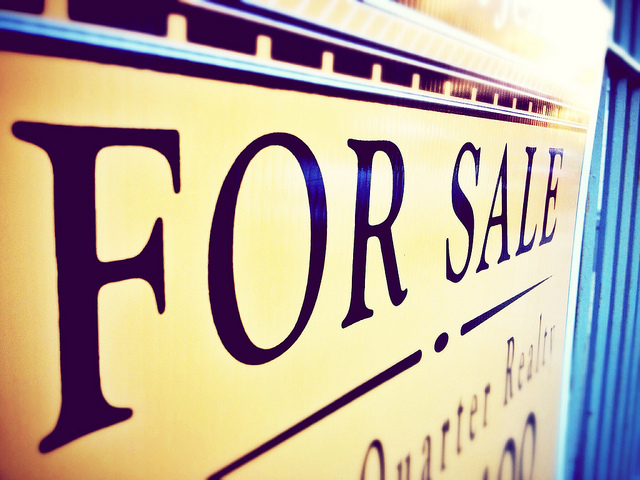Sitting a little along from Le Pont De La Tour, the Blueprint boasts the same postcard perfect views of Tower Bridge just be sure to sit by the window but it’s a more informal setting, and it’s cheaper, too. Sat up on the first floor of the design museum, the Blueprint offers European fare, with regularly changing wine recommendations. The cooking is fresh but comforting in the way Italian leaning food should be, and they offer bottomless brunch on Saturdays and BYOB on Monday (huzzah).
The basic idea is to outline a shape on plexiglass with clear, silicone caulk, but my first problem was cutting the plexiglass sheet down to size. The instructions call for scoring the plastic and then snapping it. Maybe I weak but I could not cut the plexiglass no matter how many times I scored it..
“They want him to be himself, but they want to see him you know stop throwing elbows and taking cheap shots. So for no voter is Donald Trump perfect, but no President ever is,” responded Wallace. “They pleased by wholesale nba jerseys his aggressive action on immigration, even though it messy, and even though a lot of people say it needs to be fine tuned.
A bit of luck goes a wholesale nba jerseys long way in politics and Labor’s Michelle Rowland has had her share by facing off wholesae nfl jerseys against Jaymes Diaz who famously couldn’t explain his party’s asylum seeker policy at the last two elections. The former lawyer has taken it up to the government as opposition spokeswoman on citizenship and multiculturalism. Well liked and energetic, Rowland unlike the legion of former political staffers in Parliament reflects the diversity of modern Australia: she is cheap nfl jerseys a one time checkout chick with a Fijian mother, and a working mum who had to fight for her right to take time off from Parliament in 2013 when her young daughter was ill..
Reason we came over here was because there almost no jobs available from where we from, said Israel brother Jos 38, who also spoke in Spanish. Sometimes, if I do work, I still have to borrow more money to finish the week and eat. I then need to work extra time to pay for the money I borrowed, and then you get yourself stuck with debts, debts, debts.
That’s right. US production of the dominant solar cell technology is sharply eroded, while the job rich side of the industry is the installation of foreign made solar panels. They’re so cheap that even the Chinese are losing money making them. Then there’s Wright, she of the running commentary. (Note: Ellipses replace the expletives.) wholesae jerseys When the bus grinds to a halt near the Firebaugh exit because an overturned car has closed a lane, she bellows: “Move it the. Out of the way.










